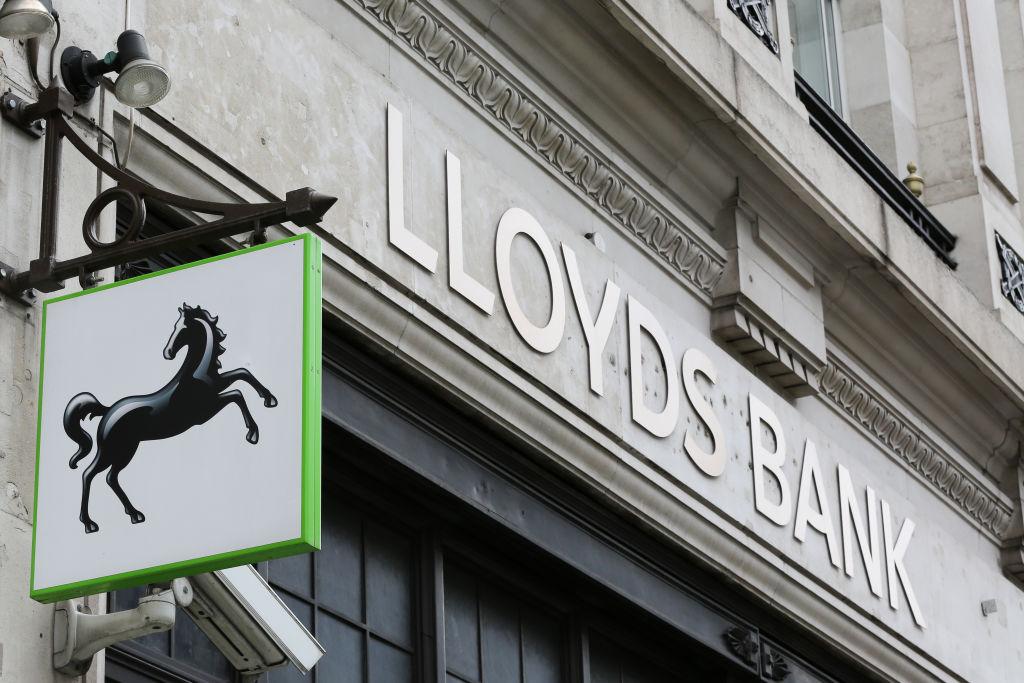Lloyds Banking Group has faced a number of challenges this year, ahead of the release of its full-year results, which are published at 7am tomorrow. Although the Lloyds (LLOY) share price has remained steady, what impact could tomorrow's results have?
Lloyds’ Q3 results in review
Last October, Lloyds revealed a third-quarter statutory loss-after-tax of £238m – a stark difference from the £1.42bn profit in the same period last year. The bank posted a pre-tax profit of £50m, comfortably short of the £163m forecast. Net interest margin for the three-month period was 2.88%, a 0.05% decline on the year. The cost-to-income ratio crept higher too, as the UK banking giant expected annual operating costs to be below the £7.9bn guidance. After the Q3 results, Lloyds’ share price sat at 56.8p per share, and has stayed above the 55p mark since 11 October 2019.
The costly claims continue
The payment protection insurance (PPI) scandal has been embedded in the nation’s culture for the past decade, though it seems to be finally drawing to a conclusion. For a brief refresher, PPI was initially designed to cover loan or credit card payments if you were unable to work, though numerous major banks had mis-sold this plan without fully explaining what it entailed. Collectively, major UK banks have racked up a total compensation cost exceeding £37bn.
Lloyds has by far been the worst offender in terms of PPI provisions, with total costs above £21bn The bank’s profit in the Q3 period was essentially wiped out as it made yet another provision for the mis-selling of PPI, worth £1.8bn, due to the August deadline. Even when you stripped out the PPI costs in these results, Lloyds still underperformed, with an underlying profit of £1.82bn which was below the expected £1.98bn. The bank is expected to take a full-year hit of around £2.5bn. Analysts expect this to send pre-tax profit falling 25% to £4.47bn for 2019. After last August’s deadline, it would seem Lloyds can now draw a line under the fiasco, but as we saw with the credit crisis, provisions can keep rolling.
Will Lloyds’ share price be affected by cuts?
Lloyds’ CEO, Antonio Horta-Osorio, hit headlines last year after facing criticism due to his 2018 total pay package of £6.2m, which included a pension contribution of 33%. This enormous wage has been defended by Stuart Sinclair, chair of the remuneration committee at Lloyds, as he regarded Mr Horta-Osorio as a “winner” for bringing the bank back from the brink, in which he “deserved” his pay deal. Joining Lloyds in 2011, Mr Horta-Osorio helped to return the bank from part-taxpayer ownership to private hands.
However, due to pressure on the declining profit, the CEO is expected to see his wage packet cut. The bank is preparing to overhaul executive remuneration, with the plan to scrap a controversial bonus scheme which would cut Mr Horta-Osorio’s pay. The CEO’s annual pension allowance is also due to be halved to around 15% – worth approximately £230,000 – after Lloyds’ employees were reportedly dismayed at the 20% difference in pension contributions.
More cutbacks are also in the pipeline for Lloyds, as the bank is feeling the pressure within its branches. With customer behaviours changing, meaning they’re conducting more transactions online, Lloyds is planning to close a further 56 branches this year. These closures include 31 Lloyds, 10 Halifax and 15 Bank of Scotland branded braches, which are expected to close between April and October. Lloyds has closed 569 branches over the past four years, and these continued cuts do not paint a positive picture for the UK banking giant.
With PPI, the closure of many branches, and the CEO’s salary and pension controversy, Lloyds’ full-year results will be closely scrutinised.



